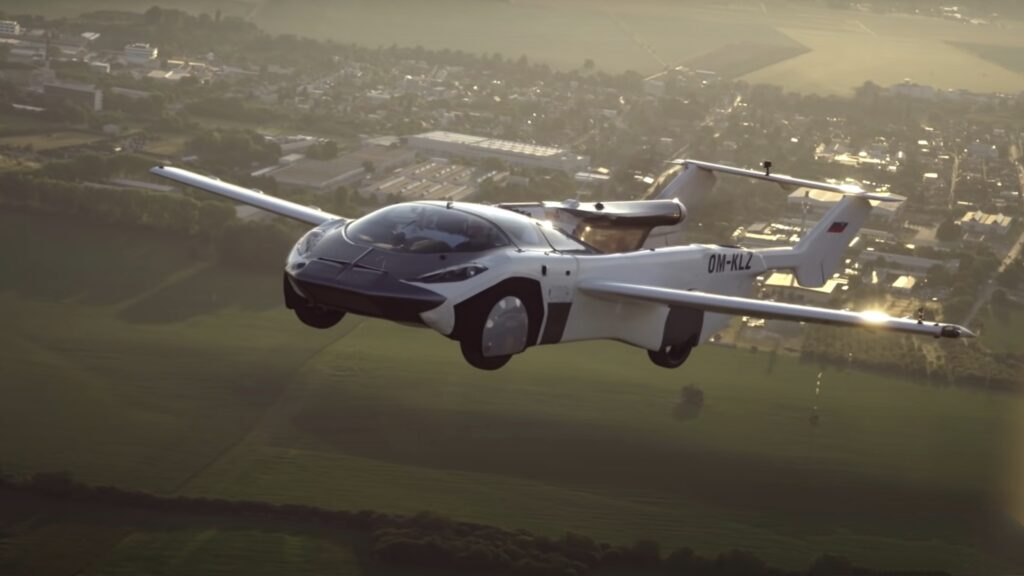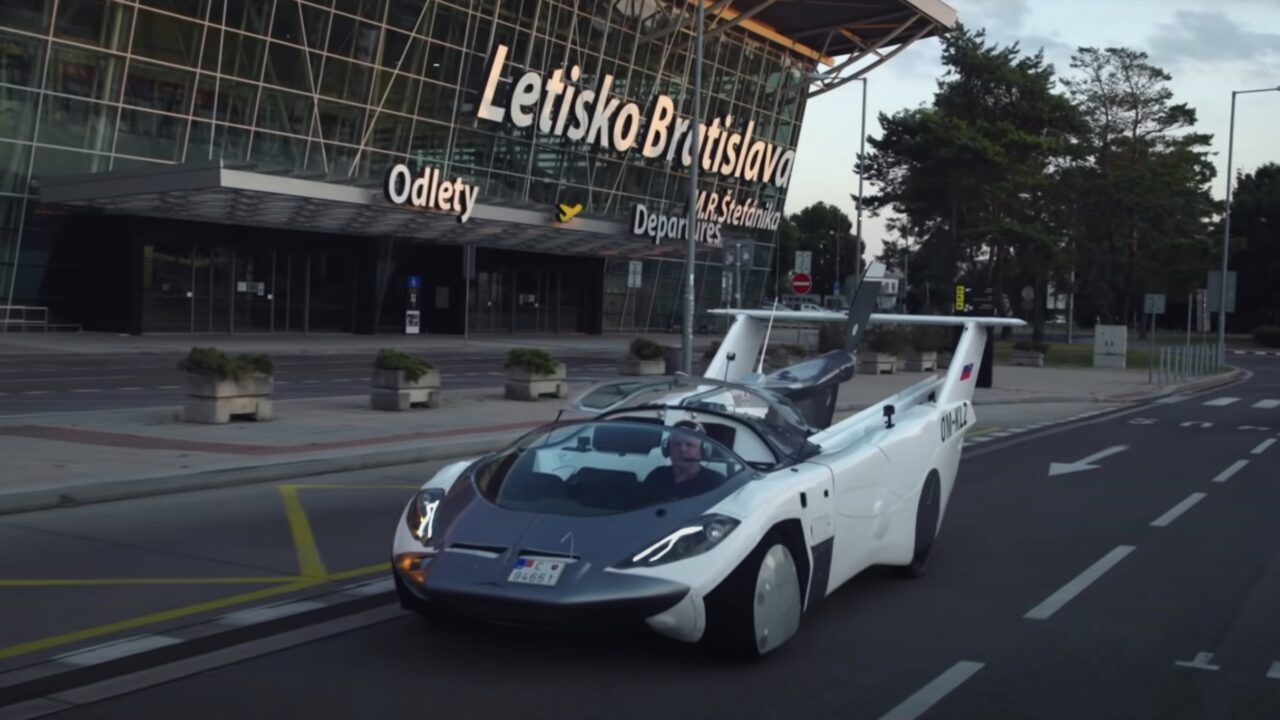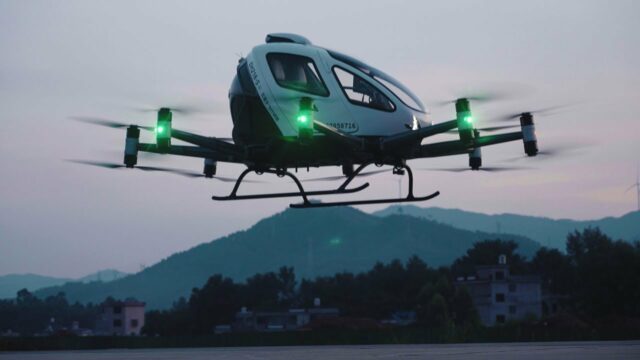Named Aircar, this flying sports car, powered by a 160-horsepower engine and using traditional gasoline, flew the approximately 90-kilometer distance between Slovakia’s capital Bratislava and the headquarters of Klein Vision in 35 minutes. China purchased it immediately.
China buys rights to the flying sports car
In addition to its powerful engine, Aircar has a rear propeller and foldable wings but requires a runway of at least 300 meters as a disadvantage. Aircar received a general flight certificate from the Slovak Civil Aviation Authority at the beginning of 2022, but there hasn’t been much news about the flying sports car since. This is because the requirement for a pilot’s license could be a barrier for drivers.

Now, a Chinese company named Hebei Jianxin Flying Car Technology Company has bought the technology of Aircar as well as the rights to produce and use it. No information about the sale price is available. In China, it is planned to use these flying cars in a specific geographical area, which has not yet been specified. The company is headquartered in Cangzhou city, Hebei province.
What China could do using Aircar flying sports car technology:
- Transform transportation: China could transform urban and regional transportation with flying vehicles, especially offering significant benefits in reducing traffic congestion and providing faster access to distant locations.
- Promote tourism: Particularly in tourist areas, flying vehicles as a fast and impressive means of transportation could offer tourists a new and attractive experience.
- Strengthen innovation and technology leadership: By adopting such innovative transportation technologies, China could reinforce its position as a global leader in technology and innovation.
- Emergency and rescue operations: Flying vehicles can be used quickly and effectively in emergency services and rescue operations, especially for rapid intervention in hard-to-reach or disaster areas.
- Develop sustainable transportation solutions: If these vehicles use electric or eco-friendly fuels, China could take an important step in sustainable transportation solutions.
The Chinese government actively supports alternative flight solutions. For instance, in October 2023, the Chinese company Ehang received an operating license for an electric flying taxi. The rival company Autoflight also successfully conducted a test flight between the cities of Shenzhen and Zhuhai. These developments demonstrate the future potential of flying vehicles and the evolution of transportation.
What do you think about this topic? What does China’s purchase of this vehicle mean? You can write your opinions in the comments section below.














